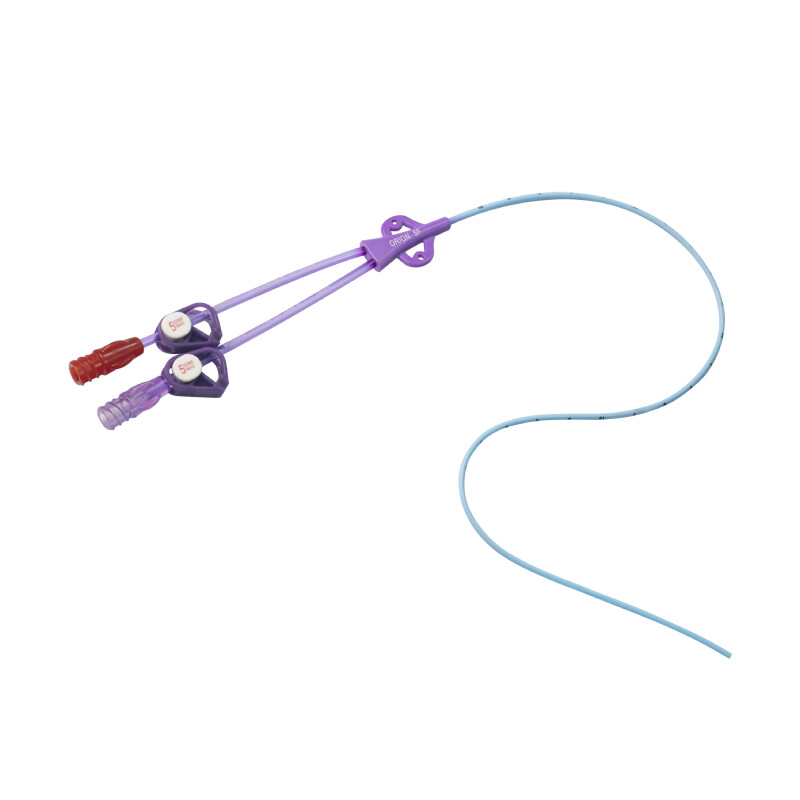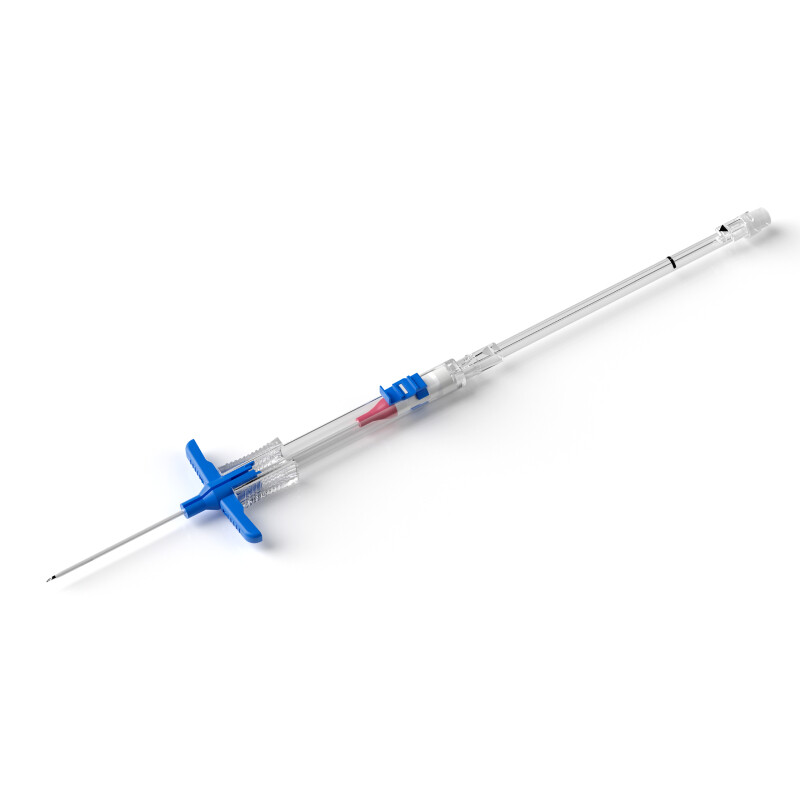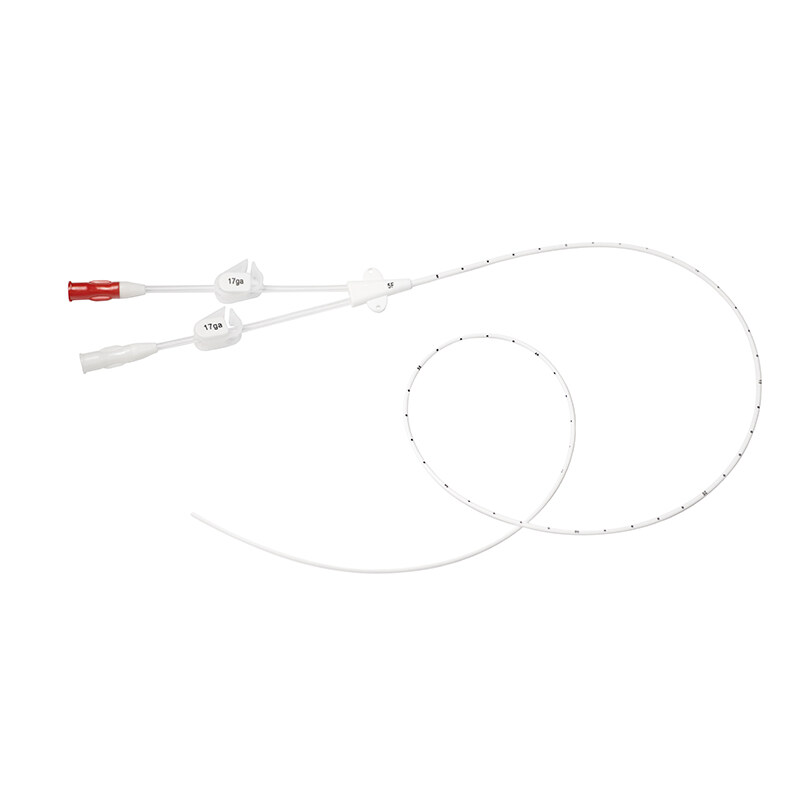CVC
Central venous catheter devices (CVC), also called a central venous line or central line, which is an endovascular tube placed in a large vein above the heart. These long, thin, and flexible CVCs(central venous catheter medical abbreviation) may be inserted through a vein in the neck, chest, or arm to give fluids, blood, or medications or do medical tests quickly.
Central Venous Catheter Types
There are several types of central venous catheters, including central venous catheter non tunneled and central venous catheter tunneled, peripherally inserted central catheters (PICC), and implanted ports. The type of CVC used will depend on the patient's specific medical needs and the duration of treatment.
Some central venous catheters have 2, 3, or 4 tubes (called central venous catheter double lumen, central venous catheter triple lumen, or quad-lumen central venous catheter).
This lets the patient receive more than one treatment at once. Depending on the type of catheter, central venous catheter devices can remain for weeks or months. A central venous catheter kit it's important in treating many conditions, particularly in intensive care units (ICUs).
Central Venous Catheter Advantages
The advantages of a central venous catheter make it a valuable tool for medical treatment, especially for patients who require long-term access or frequent medication administration. However, it is important to follow a proper central venous catheter nursing care plan and monitoring procedures to prevent complications.
When to Use a Central Venous Catheter Kit?
Central venous catheterization kits may be used for the following reason:
* To give medicines for the treatment of pain, infection, or other medical issues (e.g., cancer or heart problems)
* To provide fluids for nutrition.
* To help conduct certain medical tests.
How to Place a Central Venous Catheter?
The central venous catheter placement should be performed by a trained healthcare professional, typically a physician or a nurse with specialized training. The central venous catheter procedure should be performed under sterile conditions to reduce the risk of central venous catheter infection.
Central Venous Catheter Medical Meaning
Central venous catheter insertion and central venous catheter management should be done by healthcare professionals under sterile conditions.
The use of central venous catheter devices is an important component of modern medical care, and their benefits in providing reliable access to the central venous system outweigh the potential risks when proper procedures are followed.
Central Venous Catheter Nursing Care
Proper central venous catheter care nursing is essential to prevent complications, such as infection, occlusion, or displacement.
It is important to follow the healthcare provider's instructions for caring for a central venous catheter. Proper central venous catheter care can help prevent complications and ensure the catheter functions properly for the duration of treatment.



